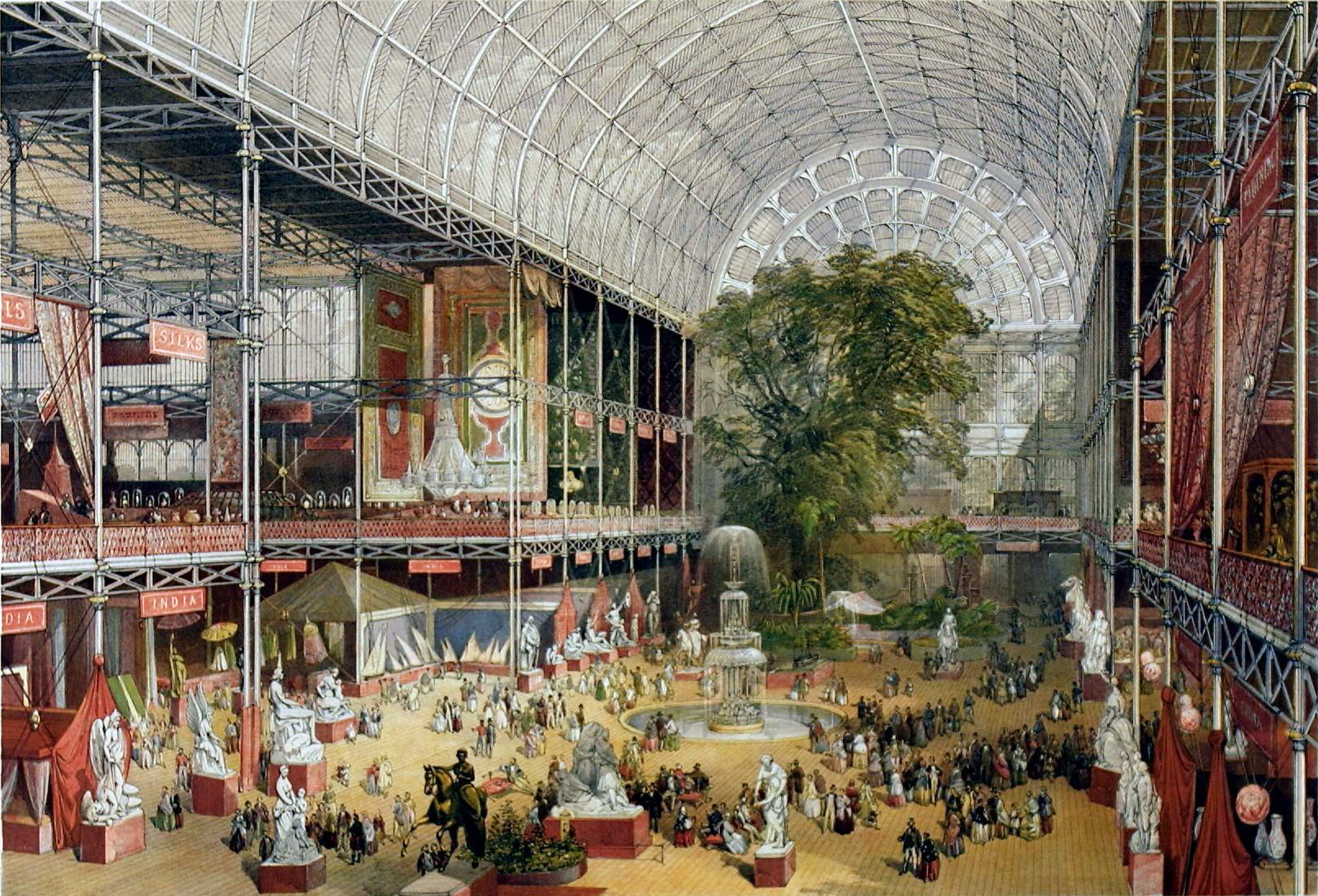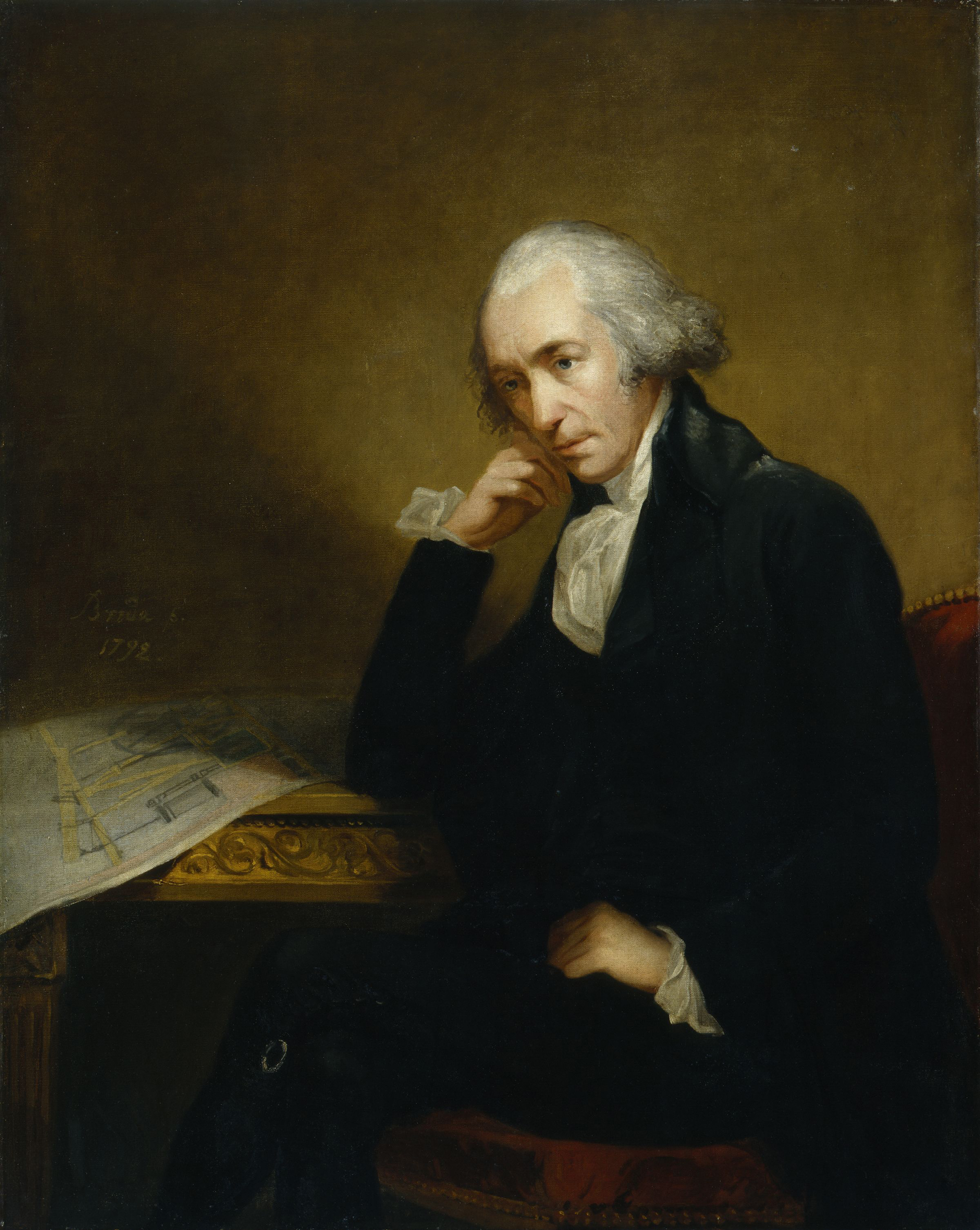|
Thames Plate Glass Company
Thames Plate Glass Company was a British glass works that operated from 1835 to 1874. Its factories were located at the northern end of Goodluck Hope peninsula, and it was a major employer in Orchard Place district. It demonstrated some very large plate glass at The Great Exhibition of 1851. The company produced part of the optics for the Craig telescope, a large telescope with a lens built in the 1850s. The lens was a doublet with a flint glass by Chance Brothers and a plate glass cast by Thames Plate Glass Company. In 1872 the company provided glass samples to Professor Barff. He had a lecture published about this in the Journal of the Society of the Arts in April 1872. He also noted statistics provided by the Thames Plate Glass Company, which state that the U.K. was producing 7.5 million feet of plate glass per year. The company went out of business by the mid 1870s. One of those employed by the company was Cuthbert Dixon, who went on to manage a plate-class company in Ameri ... [...More Info...] [...Related Items...] OR: [Wikipedia] [Google] [Baidu] |
Leamouth
Leamouth is a locality in the Blackwall area of the London Borough of Tower Hamlets. The area takes its name from the former ''Leamouth Wharf'' and lies on the west side of the confluence of the Bow Creek stretch of the Lea, at its confluence with the River Thames. The neighbourhood consists of two small peninsulas, separated from the rest of Poplar by the remaining part of the East India Docks. The northern peninsula lies in a hairpin meander and is named ''Goodluck Hope'' after one of the adjacent reaches of the Lea, while the other is known as ''Orchard Place''. The area was traditionally the easternmost part of Middlesex, with Essex on the other side of the Lea. The area was long referred to locally as ''Bog Island'', due to its inaccessibility and propensity to flood; however the building of the Thames Barrier and the artificial raising of the more vulnerable riverside land, means the nickname refers to a now much reduced threat. Administration The area was historic ... [...More Info...] [...Related Items...] OR: [Wikipedia] [Google] [Baidu] |
Plate Glass
Plate glass, flat glass or sheet glass is a type of glass, initially produced in plane form, commonly used for windows, glass doors, transparent walls, and windscreens. For modern architectural and automotive applications, the flat glass is sometimes bent after production of the plane sheet. Flat glass stands in contrast to '' container glass'' (used for bottles, jars, cups) and ''glass fibre'' (used for thermal insulation, in fibreglass composites, and for optical communication). Flat glass has a higher magnesium oxide and sodium oxide content than container glass, and a lower silica, calcium oxide, and aluminium oxide content."High temperature glass melt property database for process modeling"; Eds.: Thomas P. Seward III and Terese Vascott; The American Ceramic Society, Westerville, Ohio, 2005, From the lower soluble oxide content comes the better chemical durability of container glass against water, which is required especially for storage of beverages and food. Most ... [...More Info...] [...Related Items...] OR: [Wikipedia] [Google] [Baidu] |
The Great Exhibition
The Great Exhibition of the Works of Industry of All Nations, also known as the Great Exhibition or the Crystal Palace Exhibition (in reference to the temporary structure in which it was held), was an international exhibition which took place in Hyde Park, London, from 1 May to 15 October, 1851. It was the first in a series of World's Fairs, exhibitions of culture and industry that became popular in the 19th century. The event was organised by Henry Cole and Prince Albert, husband of Victoria, Queen of the United Kingdom. Famous people of the time attended the Great Exhibition, including Charles Darwin, Karl Marx, Michael Faraday (who assisted with the planning and judging of exhibits), Samuel Colt, members of the Orléanist Royal Family and the writers Charlotte Brontë, Charles Dickens, Lewis Carroll, George Eliot, Alfred Tennyson and William Makepeace Thackeray. The opening music, under the superintendence of William Sterndale Bennett, was directed by Sir ... [...More Info...] [...Related Items...] OR: [Wikipedia] [Google] [Baidu] |
Craig Telescope
The Craig telescope was a large telescope built in the 1850s, and while much larger than previous refracting telescopes, it had some problems that hampered its use. Its unique design and potential caused a great deal of excitement in its day. The telescope was ready in August 1852 and was visited by William Parsons, 3rd Earl of Rosse, famous for the Leviathan of Parsonstown, a reflecting telescope and the largest telescope of this age with a six foot mirror. Telescope It was the largest refracting telescope (a telescope with a lens) in the world from 1852 to 1857, erected near London, England. It was a great refractor, a large refracting telescope with an achromatic doublet with an aperture of 61 cm (2 feet or 24 inches) and was completed in 1852 on Wandsworth Common and dismantled around 1857 (although the brick tower probably survived until 1870). It had a focal length of 76–83 feet. It was named after the Rev. John Craig, who spent a small fortune on it, producing ... [...More Info...] [...Related Items...] OR: [Wikipedia] [Google] [Baidu] |
Flint Glass
Flint glass is optical glass that has relatively high refractive index and low Abbe number (high dispersion). Flint glasses are arbitrarily defined as having an Abbe number of 50 to 55 or less. The currently known flint glasses have refractive indices ranging between 1.45 and 2.00. A concave lens of flint glass is commonly combined with a convex lens of crown glass to produce an achromatic doublet lens because of their compensating optical properties, which reduces chromatic aberration (colour defects). With respect to glass, the term ''flint'' derives from the flint nodules found in the chalk deposits of southeast England that were used as a source of high purity silica by George Ravenscroft, c. 1662, to produce a potash lead glass that was the precursor to English lead crystal. Traditionally, flint glasses were lead glasses containing around 4–60% lead(II) oxide; however, the manufacture and disposal of these glasses were sources of pollution. In many modern flint gl ... [...More Info...] [...Related Items...] OR: [Wikipedia] [Google] [Baidu] |
Chance Brothers
Chance Brothers and Company was a glassworks originally based in Spon Lane, Smethwick, West Midlands (formerly in Staffordshire), in England. It was a leading glass manufacturer and a pioneer of British glassmaking technology. The Chance family originated in Bromsgrove in Worcestershire as farmers and craftsmen, before setting up business in Smethwick in 1822. Situated between Birmingham and the Black Country in the agglomeration of the Midlands industrial heartland, they took advantage of the skilled workers, canals and many advances that were taking place in the industrial West Midlands at the time. Throughout its almost two centuries of history many changes affected the company which, now privatised, continues to function as Chance Glass Limited, a specialised industrial glass manufacturer in Malvern, Worcestershire at one of its small subsidiary factories. The social and economic impact of the company on the region is the subject of a project sponsored by the Her ... [...More Info...] [...Related Items...] OR: [Wikipedia] [Google] [Baidu] |
Cuthbert Dixon
Cuthbert of Lindisfarne ( – 20 March 687) was an Anglo-Saxon saint of the early Northumbrian church in the Celtic tradition. He was a monk, bishop and hermit, associated with the monasteries of Melrose and Lindisfarne in the Kingdom of Northumbria, today in north-eastern England and south-eastern Scotland. Both during his life and after his death he became a popular medieval saint of Northern England, with a cult centred on his tomb at Durham Cathedral. Cuthbert is regarded as the patron saint of Northumbria. His feast days are 20 March (Catholic Church, Church of England, Eastern Orthodox Church, Episcopal Church) and 4 September (Church in Wales, Catholic Church). Cuthbert grew up in or around Lauderdale, near Old Melrose Abbey, a daughter-house of Lindisfarne, today in Scotland. He decided to become a monk after seeing a vision on the night in 651 that Aidan, the founder of Lindisfarne, died, but he seems to have experienced some period of military service beforehand ... [...More Info...] [...Related Items...] OR: [Wikipedia] [Google] [Baidu] |
Industrial Revolution
The Industrial Revolution was the transition to new manufacturing processes in Great Britain, continental Europe, and the United States, that occurred during the period from around 1760 to about 1820–1840. This transition included going from hand production methods to machines, new chemical manufacturing and iron production processes, the increasing use of steam power and water power, the development of machine tools and the rise of the mechanized factory system. Output greatly increased, and a result was an unprecedented rise in population and in the rate of population growth. Textiles were the dominant industry of the Industrial Revolution in terms of employment, value of output and capital invested. The textile industry was also the first to use modern production methods. The Industrial Revolution began in Great Britain, and many of the technological and architectural innovations were of British origin. By the mid-18th century, Britain was the world's leadin ... [...More Info...] [...Related Items...] OR: [Wikipedia] [Google] [Baidu] |



